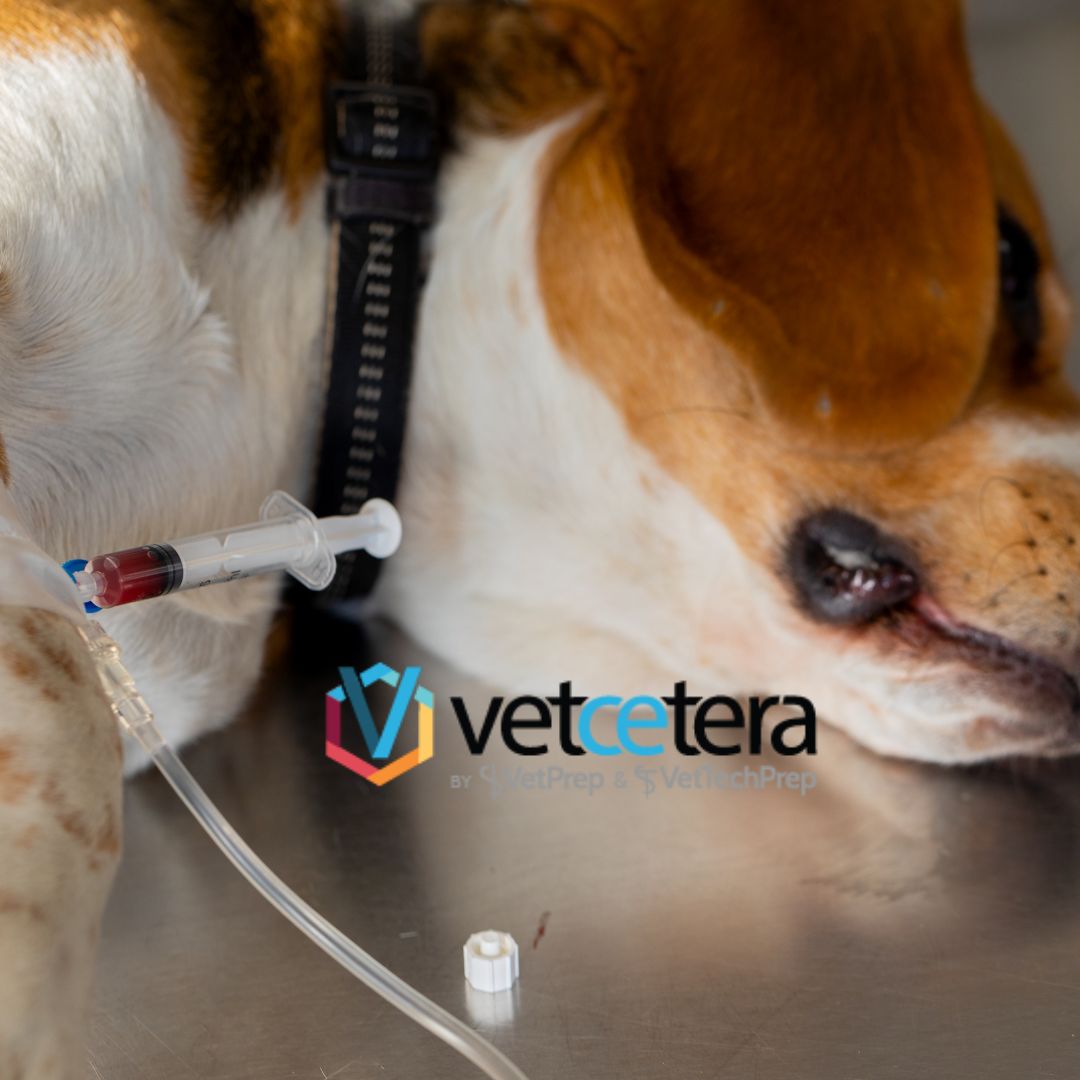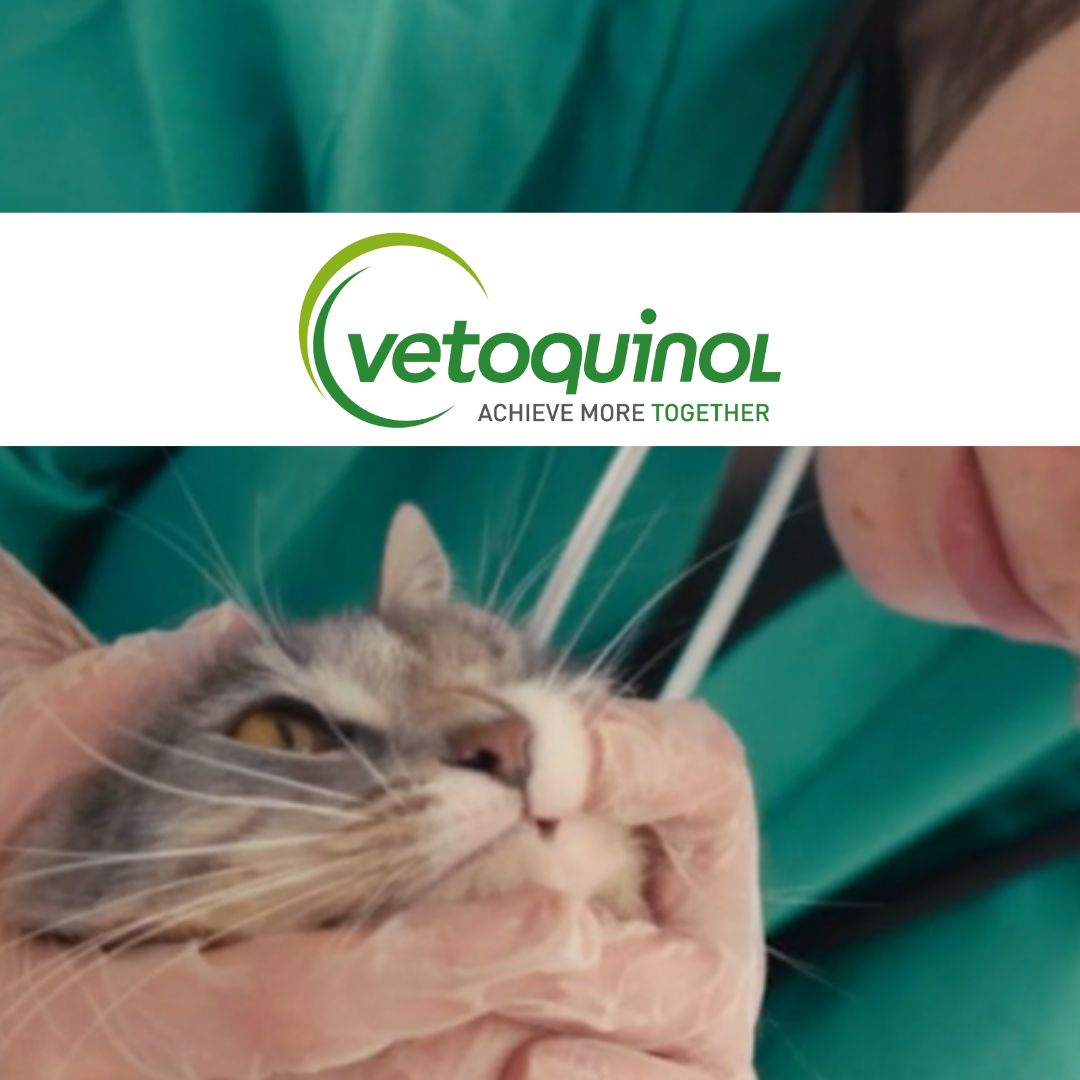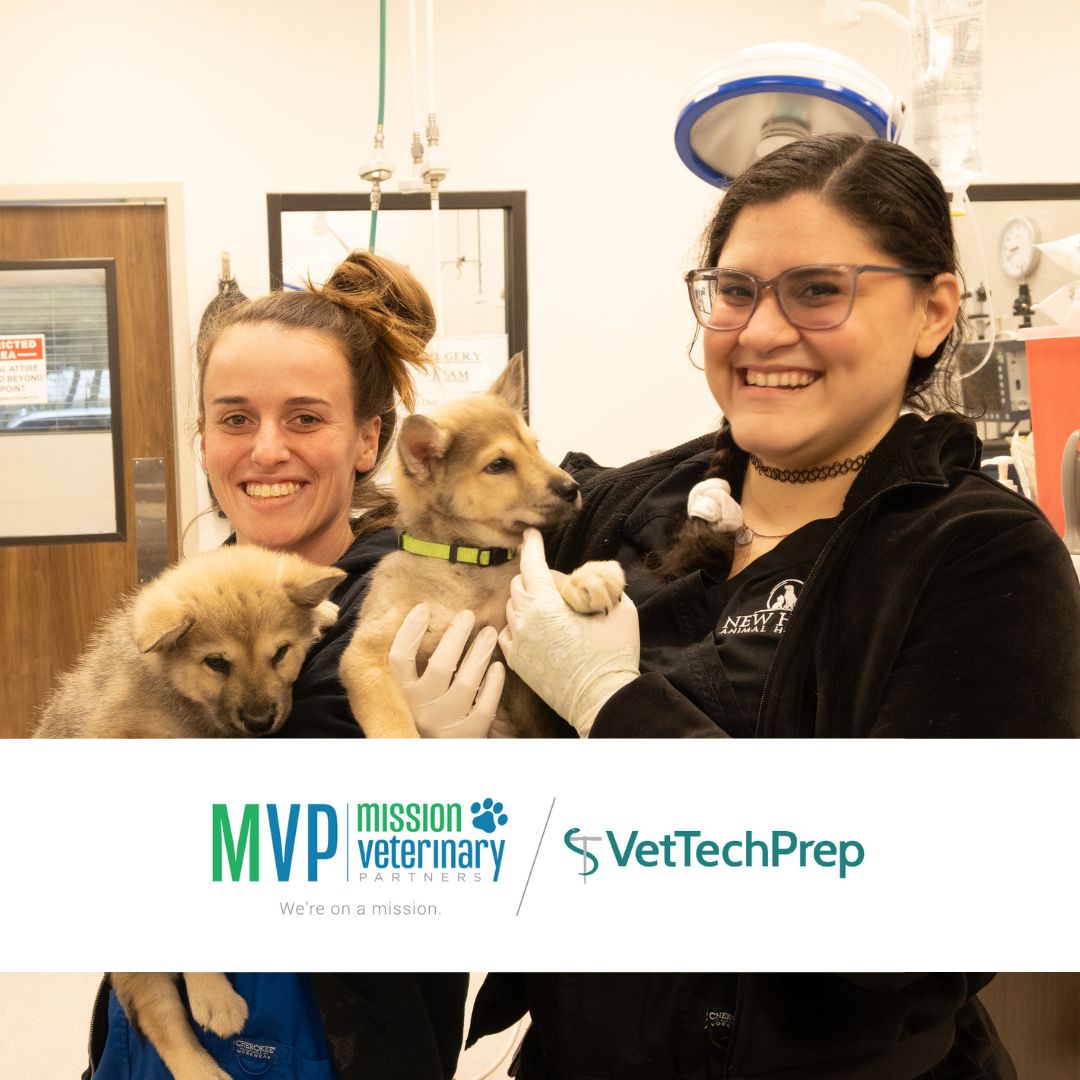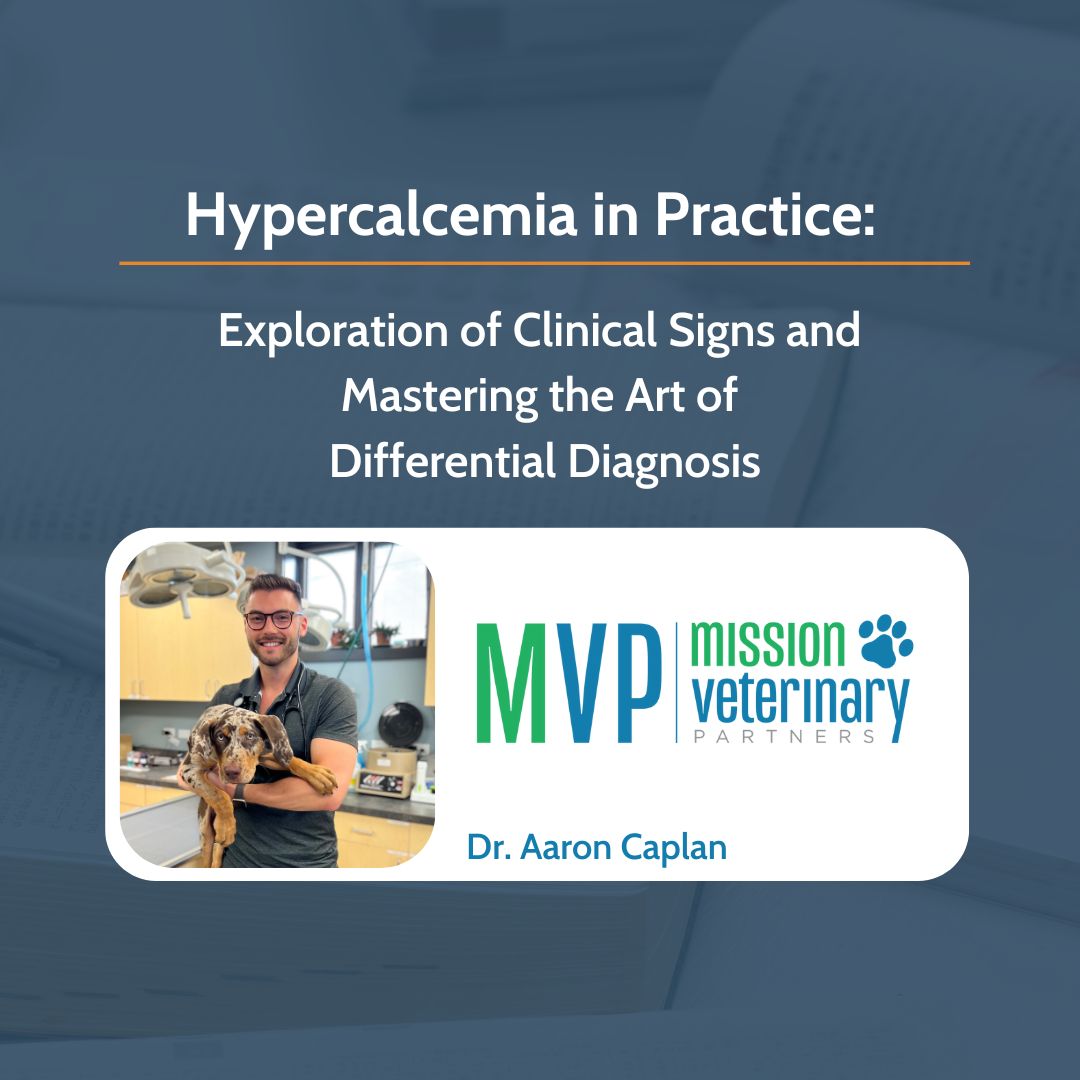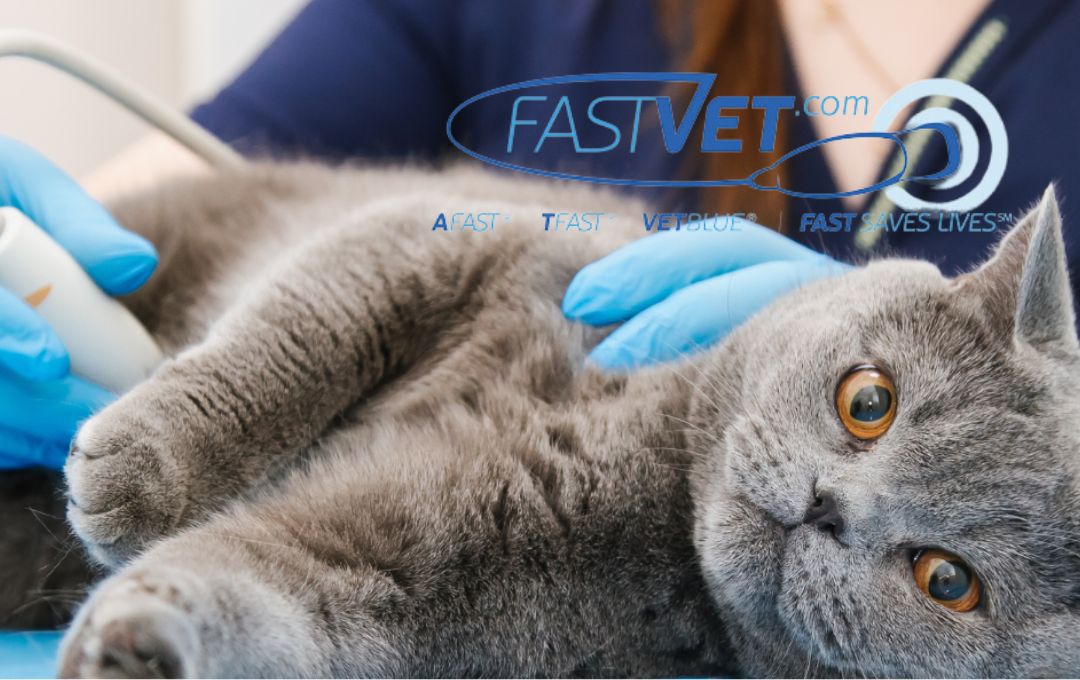Orthopedic developmental diseases in dogs are conditions that affect the growth and development of bones, joints, and muscles, often leading to lifelong mobility issues if not properly addressed. Recognizing and understanding these conditions is crucial for veterinarians, breeders, and pet owners for several reasons.
Early Detection and Treatment
Orthopedic developmental disorders, such as Swimmer Syndrome, Osteochondrosis, and Puppy Carpal Laxity Syndrome, typically begin during a dog’s early growth stages. Early detection is key to preventing permanent damage and improving a dog’s long-term quality of life. With timely intervention, conditions can often be managed or corrected, sparing the dog from unnecessary pain or disability.
Impact on Mobility and Quality of Life
Many of these disorders, like Incomplete Ossification of the Humeral Condyle, can severely impact a dog’s mobility if left untreated. Understanding these diseases helps veterinarians recommend the most effective treatments or management strategies. Without proper care, affected dogs can suffer from pain, joint instability, and reduced ability to engage in normal activities, all of which can drastically diminish their quality of life.
Diagnostic Accuracy
Correctly diagnosing orthopedic developmental diseases requires knowledge of the specific signs and symptoms associated with each condition. For instance, the symptoms of Osteochondrosis can mimic other joint or bone issues. Proper diagnosis ensures the right course of treatment is applied and helps avoid unnecessary interventions that could worsen the dog’s condition.
Long-Term Health Management
Many orthopedic diseases in dogs require ongoing management throughout their lives. Knowing the appropriate care strategies, such as physical therapy or surgical interventions, can help slow disease progression and minimize long-term complications. This knowledge allows veterinarians to set realistic expectations for pet owners and ensure a more proactive approach to care.
Breeding Considerations
For breeders, understanding these developmental diseases is essential in preventing the transmission of genetic disorders. Some orthopedic conditions, like Osteochondrosis, have a hereditary component, and careful screening can reduce the risk of passing on these disorders to future generations.
Conclusion
In summary, knowing orthopedic developmental diseases in dogs is vital for ensuring early diagnosis, effective treatment, and long-term health management. By addressing these issues early, veterinarians can help dogs lead healthier, more active lives, while also contributing to better breeding practices and overall canine well-being.
Download this resource!













